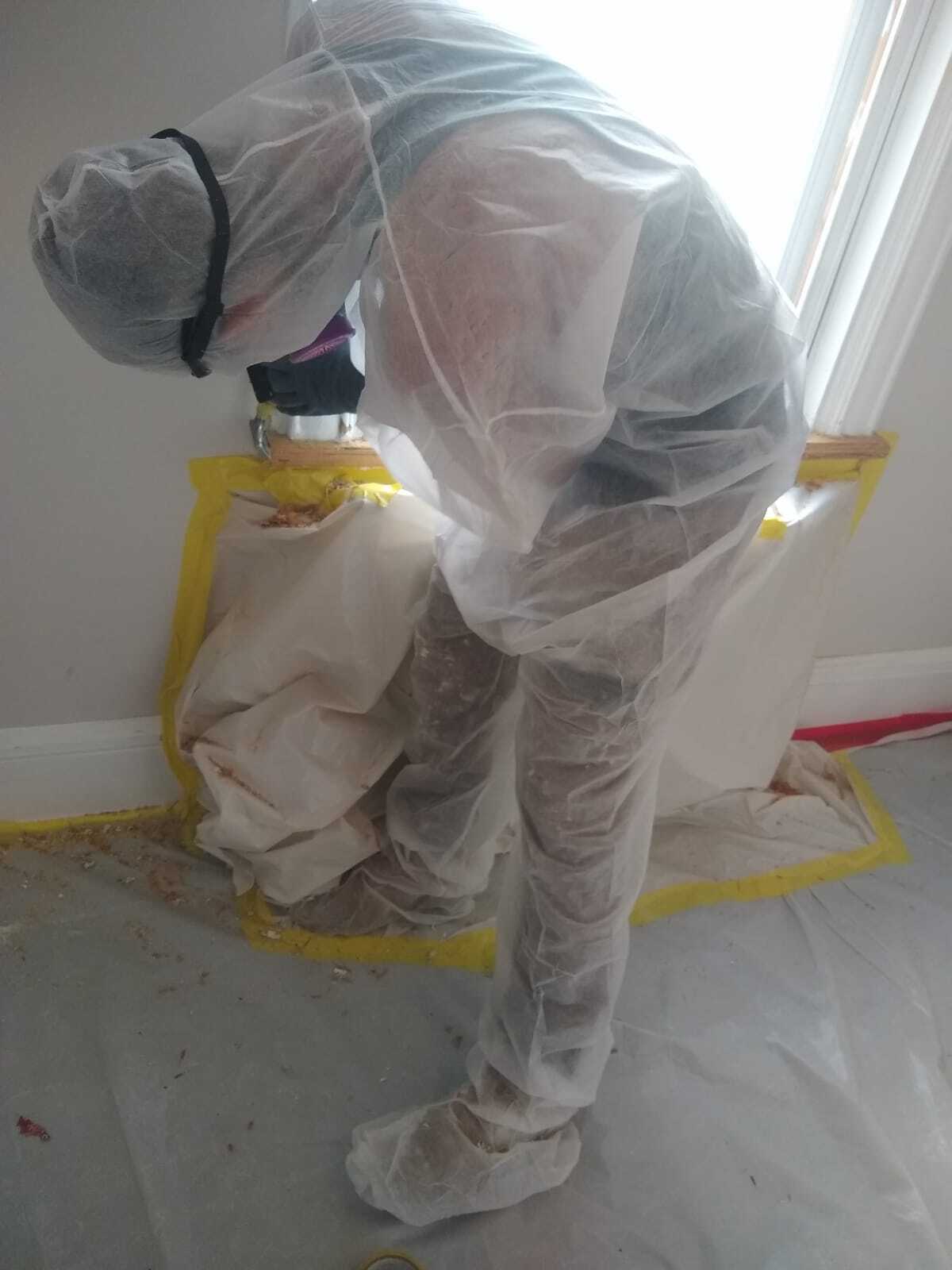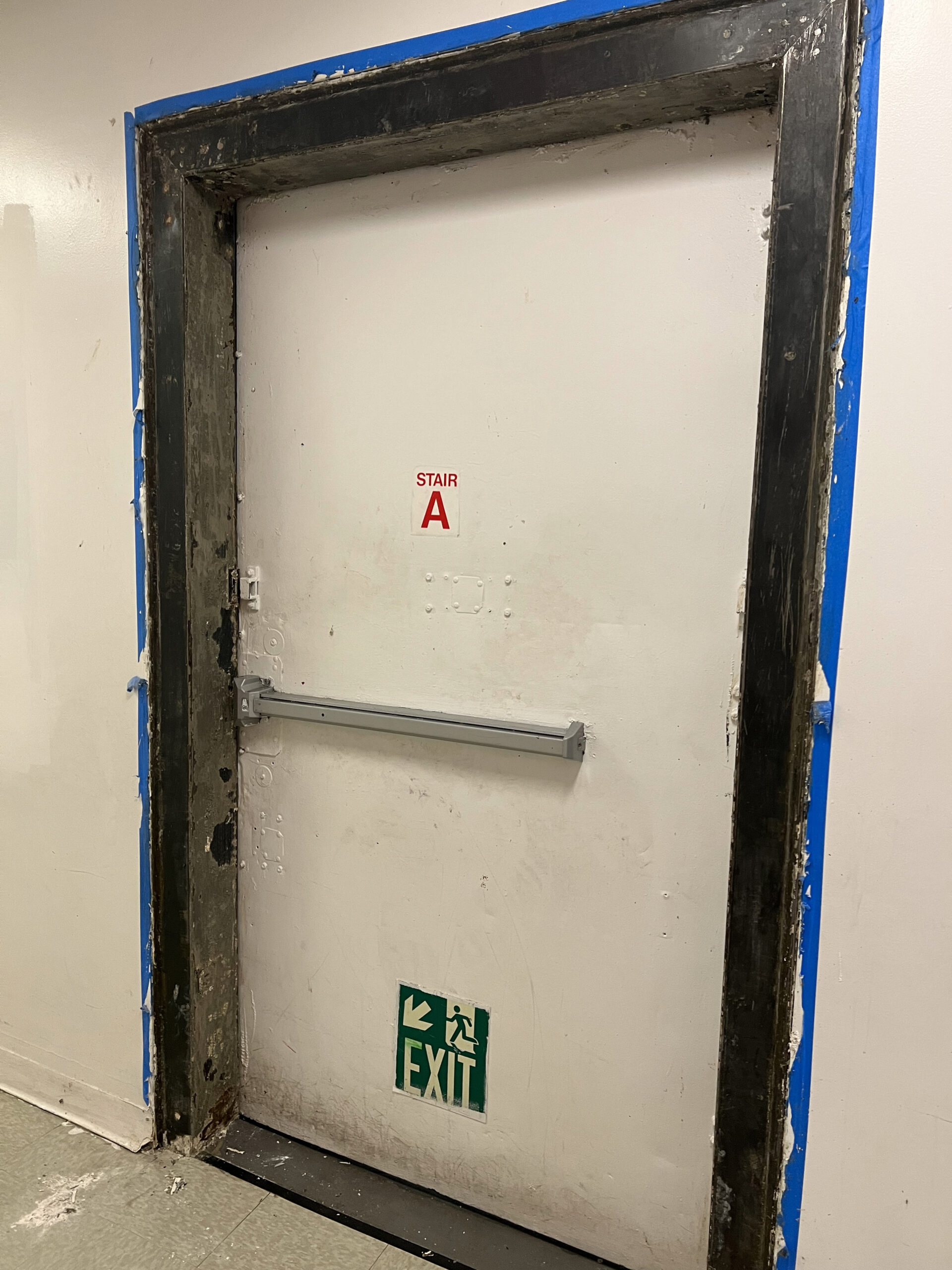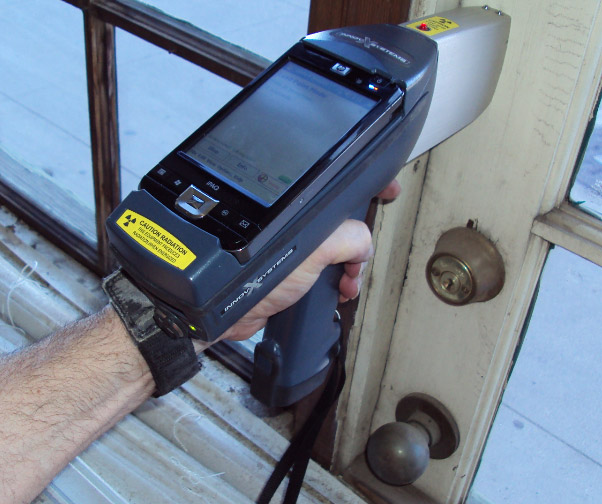Lead Paint Removal Service-- NYC's Trusted Solutions for Lead Safety And Security
Lead Paint Removal Service-- NYC's Trusted Solutions for Lead Safety And Security
Blog Article
Essential Devices and Methods for Efficient Lead Offense Clean-up
Attending to lead violations efficiently necessitates a comprehensive strategy that blends the right devices with critical approaches. The initial step involves outfitting workers with Personal Safety Devices (PPE) to safeguard their health and wellness. Simultaneously, the usage of specialized clean-up devices, such as HEPA vacuum cleaners and lead-specific cleaning agents, is necessary for comprehensive contaminant elimination. Reliable containment approaches, including plastic sheeting and adverse air pressure systems, are important to stop the spread of dangerous products. Secure disposal methods and strict adherence to governing guidelines make certain responsible handling of toxic waste. What are the nuanced strategies that absolutely make a difference?
Personal Safety Equipment
Individual safety tools (PPE) is an essential element in the efficient administration of lead contamination clean-up. PPE functions as a crucial obstacle, guarding workers from the dangerous results of lead direct exposure, which can lead to extreme health effects. The essential PPE for lead clean-up consists of respirators, protective garments, gloves, and eye protection. Each sort of equipment is particularly developed to mitigate different dangers connected with lead bits and dirt.
Respirators, specifically those equipped with HEPA filters, are important for filtering system air-borne lead particles, stopping breathing. Correct fit and seal checks are vital to guarantee their efficiency. Protective apparel, including coveralls and non reusable fits, prevents lead dirt from sticking to workers' garments, decreasing the threat of secondary contamination. Gloves, commonly made of nitrile or latex, protect the skin from straight call with lead, while safety goggles or full-face guards shield the eyes from dirt and debris.
Furthermore, extensive training on the correct use and maintenance of PPE is vital. Employees must be enlightened on putting on and doffing procedures to prevent contamination. Routine evaluations and substitutes of PPE elements are required to keep their protective capacities, ensuring a safe and compliant clean-up operation.
Specialized Cleaning Tools

Another necessary device is the wet/dry vacuum, which can effectively tidy up both dirt and liquid pollutants. These vacuum cleaners usually include HEPA filters to supply an additional layer of safety. Wet cleans or tack cloths are also essential for surface cleansing; they are particularly designed to catch and hold lead particles, reducing the threat of spreading contamination.
For more stubborn deposits, specialized lead-removal cleaner are needed. These representatives are developed to damage down lead particles, making them much easier to eliminate. Scrub brushes with strong bristles can help in this procedure, particularly on harsh surface areas where lead dirt has a tendency to adhere a lot more highly.
In addition, encapsulants are made use of to secure lead-contaminated surfaces, protecting against the release of click reference lead dirt. These specialized paints and finishings are created to stick to numerous substratums, providing a long-term option Resources for lead containment.
Effective Control Techniques
Efficient control approaches are crucial in mitigating the spread of lead contamination throughout cleanup activities. Executing robust control approaches makes certain that lead fragments do not migrate to unaffected areas, thus protecting both employees and the setting. One main method is using plastic sheet to seal contaminated areas. Durable polyethylene barriers can be installed from flooring to ceiling to produce a regulated job area, dramatically decreasing the risk of air-borne lead dust dispersal.

To boost containment, encapsulants can be related to surfaces that are not being gotten rid of or disrupted. These specialized coverings bind lead dirt, decreasing its availability for resuspension. Furthermore, all personnel have to use appropriate Individual Safety Devices (PPE), consisting of respirators and disposable matches, to stop contamination spread.
Safe Disposal Practices
Making sure risk-free disposal practices is an important element in the management of lead contamination cleaning. Proper disposal minimizes the risk of lead re-entering the setting and jeopardizing public health (DOH & HPD Lead Violation Removal NYC).
Delivering lead waste requires adherence to strict guidelines. Utilizing qualified dangerous waste service providers ensures that the products are taken care of sensibly. Documentation, including shows up detailing the type and amount of waste, need to go along with deliveries to track the waste from the site of beginning to its last disposal location.
Designated dangerous waste disposal centers are furnished to handle lead-contaminated materials securely. These centers often utilize advanced methods such as stablizing, solidification, or chemical therapy to reduce the effects of the lead prior to disposal. Landfilling in specialized, lined areas that avoid leachate from polluting groundwater is an usual method for last disposal.
Normal training dig this for workers included in lead waste disposal is important to maintain safety standards and avoid unintentional direct exposure. By sticking to these techniques, companies can substantially minimize the environmental and wellness impacts associated with lead contamination.
Regulatory Conformity Tips

Sticking to regulative compliance is critical in the effective execution of lead contamination cleanup. Recognizing and following government, state, and regional laws guarantees not just the security and wellness of individuals however likewise the lawful and financial wellness of the cleaning company. The Environmental Security Company (EPA) establishes stringent standards, such as the Lead Renovation, Repair, and Painting (RRP) Regulation, which mandates proper certification and training for service providers handling lead-based activities.
Conformity begins with a comprehensive assessment of appropriate legislations and regulations. Organizations must remain upgraded on any type of legislative modifications, which can be assisted in via regular training sessions and registering for sector updates. Documentation is another important compliance element; maintaining detailed records of all activities, including examination records, staff member training logs, and disposal shows up, is vital.
In addition, involving with certified lead inspectors or run the risk of assessors guarantees that lead hazards are properly identified and alleviated. Employers have to enforce the use of Individual Safety Equipment (PPE) and guarantee that security protocols are purely followed. Last but not least, clear interaction with stakeholders, including employees, customers, and regulatory bodies, will foster a society of conformity and responsibility, eventually adding to a more secure and more effective lead clean-up process.
Conclusion
Reliable lead infraction clean-up requires the integration of specialized tools and critical methods to make sure safety and security and efficacy. Individual safety equipment (PPE) safeguards workers from exposure, while risk-free disposal methods and rigorous adherence to regulatory compliance are vital for responsibly managing dangerous waste.
Report this page